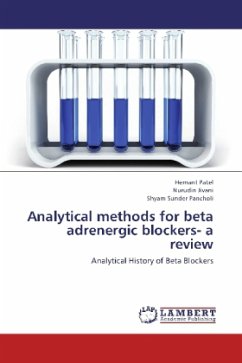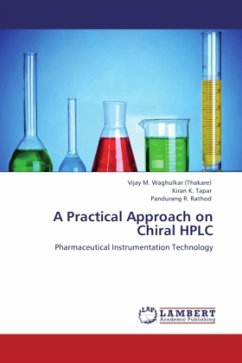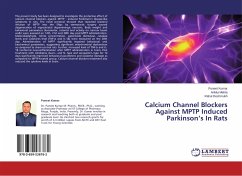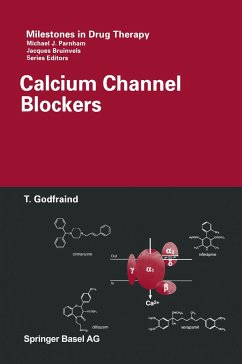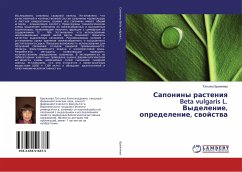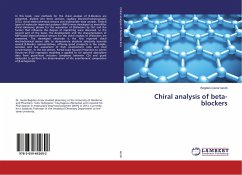
Chiral analysis of beta-blockers
Versandkostenfrei!
Versandfertig in 6-10 Tagen
33,99 €
inkl. MwSt.

PAYBACK Punkte
17 °P sammeln!
In this book, new methods for the chiral analysis of -blockers are presented, divided into three sections: capillary electrochromatography (CEC), chiral electrochemical sensors and multivariate data analysis. Several types of molecular imprinted polymers (MIPs) were developed as monolithic chiral stationary phases for the separation of -blockers by CEC and the factors that influence the degree of imprinting were discussed. In the second part of the book, the development and the characterization of MIP-based electrochemical sensors for the chiral analysis of -blockers are presented. The develop...
In this book, new methods for the chiral analysis of -blockers are presented, divided into three sections: capillary electrochromatography (CEC), chiral electrochemical sensors and multivariate data analysis. Several types of molecular imprinted polymers (MIPs) were developed as monolithic chiral stationary phases for the separation of -blockers by CEC and the factors that influence the degree of imprinting were discussed. In the second part of the book, the development and the characterization of MIP-based electrochemical sensors for the chiral analysis of -blockers are presented. The developed electrode is the first reported chiral electrochemical sensor able to demonstrate absolute selectivity towards several -blocker representatives, offering good prospects in the simple, sensitive and fast assessment of their enantiomeric ratio and total concentration. In the last section, Partial Least Squares Projection to Latent Structures (PLS) regression modeling is applied to UV spectral absorption data from guest-host inclusion complexes between CDs and guest molecules to perform the determination of the enantiomeric composition of -antagonists.



